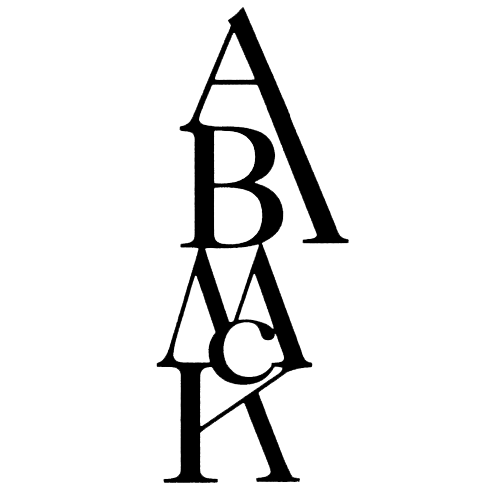
Heavy snow, freezing winds, and other blizzard conditions can cause structural damage to your home or business. Roof collapses are also a risk if the snow load becomes too much.
Don’t wait to prepare. You can help reduce your risk of property damage from severe snowstorms by taking a few simple precautions.
If you do receive a snowstorm warning, always follow the guidance of local authorities.
9 TIPS TO HELP PREPARE YOUR HOME OR BUSINESS TO PREVENT SNOW-RELATED DAMAGE
- Create a snow and ice removal plan for your property. Clear snow from walkways, driveways, parking lots (if applicable). Pay particular attention to snow on your roof. Use a roof rake to remove snow if it exceeds 10 inches of fresh snow, 3 inches of packed, wet snow, or one inch of ice.
- Use proper snow removal equipment. Essential snow removal equipment includes shovels, salt, gloves, and fall protection equipment if removing snow from the roof. Business owners should require their employees to use proper equipment.
- Clear drains, gutters, and downspouts before the storm strikes. Remove leaves, sticks, and other debris from drainage areas to help prevent snow buildup that could form ice dams.
- Avoid unnecessary travel. Winter driving conditions pose added risks, and heavy snow can shut down entire roads, trap vehicles, and prevent emergency responders from reaching you if you become stranded.
- Park vehicles off the road. Keeping your car in a garage or other sheltered area will help protect it and allow emergency responders and snow plows more room to maneuver on the roads.
- Safely remove snow from vehicles. Clear snow and ice from the exterior of your vehicle, making sure to remove it from the roof so it does not blow off and obscure your vision while driving. Remember to remove all snow, ice, and other debris from the exhaust pipe to help prevent carbon monoxide buildup in the cabin.
- Stock up on essential supplies. If heavy snow leaves you housebound, three (or more) days of food, water, medicine, and other supplies can help keep you and your family comfortable until the storm passes.
- Practice generator safety. If you experience a power outage and have a generator, place the device on a dry surface. If you must use the generator in a rain or snow storm, protect it from getting wet by using an open canopy-like structure, such as a tarp suspended by poles. Do not touch the generator with wet hands.
- Create an emergency preparedness plan. Activate emergency alerts on your cellphone to get the latest updates. Decide where you, your family, or employees will meet if local authorities order you to evacuate. Consider building a portable emergency kit with essential supplies.
Take action today to help prevent property damage due to heavy snow and other blizzard conditions that may head your way.
Thank you Selective
